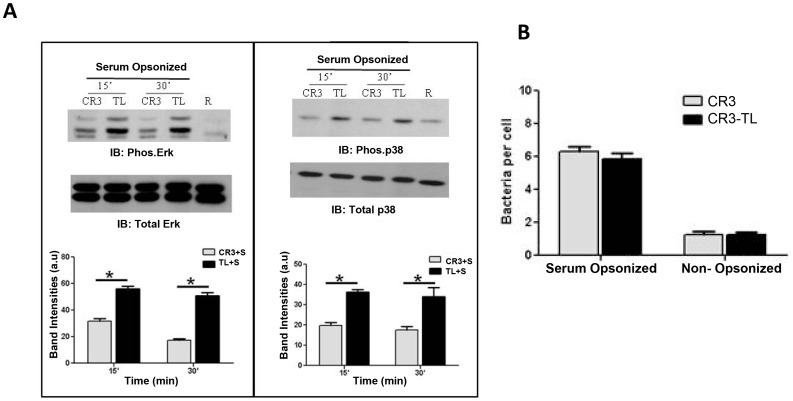Figure 8. The CR3 cytoplasmic tail is critical for serum opsonin-mediated immune suppression in human macrophages.
(A) CHO cells stably expressing full length CR3 or a tail less mutant form of the receptor were transiently transfected with functional TLR2 and subsequently infected with serum pre-opsonized or non-opsonized Ft Schu S4 at an MOI of 50∶1 for different time points. Cell lysates were used to examine for ERK, p38 and Akt activation by Western blot using phosphor-specific antibodies. The same membrane was re-probed with total ERK, p38 and Akt as loading controls. The lower panel shows the band intensities measured by Image J software. (B) Cell association was quantified as the number of bacteria per cell by immunofluorescence microscopy using mouse Ft LPS antibody followed by Alexa Fluor 488. At least 300 cells were counted for every sample. Data are representative of 2 independent experiments performed in triplicate.

